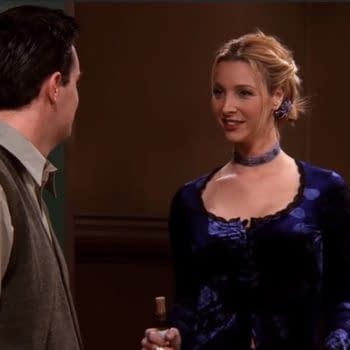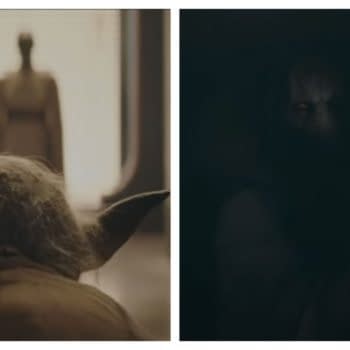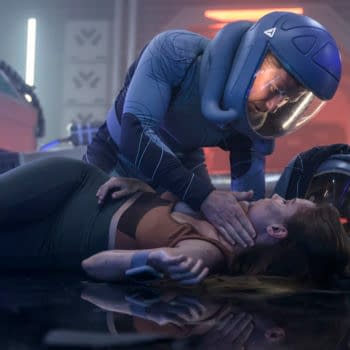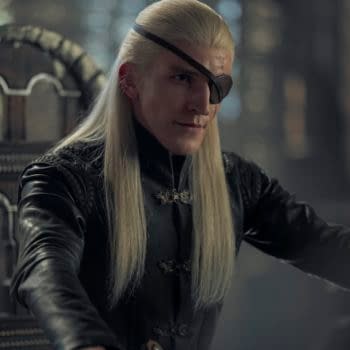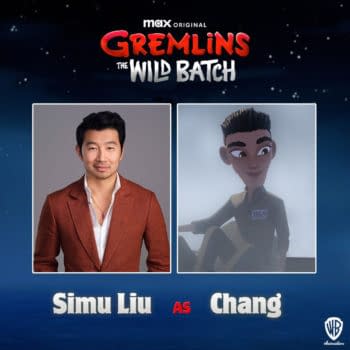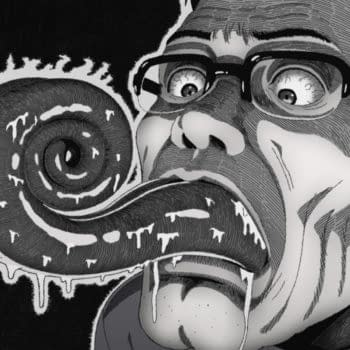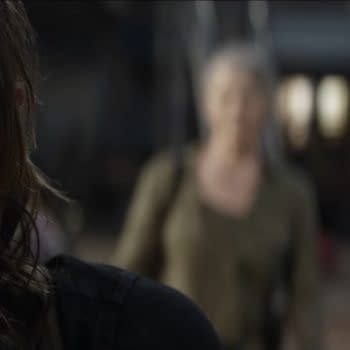Posted in: Star Trek, TV | Tagged: nasa, star trek, star trek: voyager, Tim Russ, Tuvok
Star Trek Voyager: Tim Russ Work Means Lucy in the Sky with NASA
Not exactly a case of life imitating art, it seems like Lt. Cmdr Tuvok's services are being asked for once again as NASA is leaning on the Star Trek: Voyager star Tim Russ as one of six citizen astronomers to help detect asteroids for the organization. They contributed to the detection of Patroclus, an asteroid orbiting Jupiter, according to USA Today. Russ said the purpose of detecting the asteroid is to serve NASA's upcoming mission in October where it will launch a probe named Lucy into Space. In a statement provided by the organization, Lucy will complete a 12-year journey to eight different asteroids: a Main Belt and seven Trojans.

Star Trek Voyager Star Tim Russ' Work in Astronomy
"These Trojan asteroids were captured in Jupiter's orbit, probably from farther out in the solar system, so they're more rare and more pristine in terms of what information they might have in their chemical makeup," the Voyager star said. The NASA report said the Trojan asteroids are "stabilized by the Sun and its largest planet in a gravitational balancing act. …These primitive bodies hold vital clues to deciphering the history of the solar system, and perhaps even the origins of organic material on Earth."
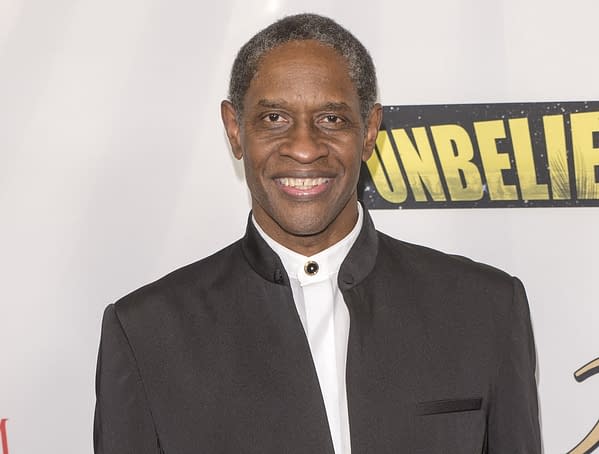
Russ helped detect Patroclus using a Unistellar eVscope and eQuinox telescope, a computerized telescope with a built-in GPS that connects to any cellphone. "It will simply find a starfield on its own and it will figure out where it is. You just punch in the object you want to go see," he said. "After you punch that in, it will move to that object on its own and it'll hold it and track it. Then it'll layer the images for that object so the object becomes much bigger in size." The actor further explained the layering the images will also show much more detail than the naked eye could ever see with the use of a telescope. Russ' collaboration with NASA was a mere coincidence given his fascination with astronomy as a hobby for 35-years. The actor initially had a bit role in 1994's Star Trek: Generations before taking the role of Tuvok for all seven seasons of the UPN series. For more on Russ' extensive work in astronomy, you can go to USA Today.

Bleeding Cool TV on Instagram: For all of the stuff too random and bizarre to make the site, make sure to follow us on Instagram: Bleeding Cool TV (@bleedingcooltv).
BCTV Daily Dispatch: For a look at what's going on across the television and streaming landscape, sign up for Bleeding Cool's daily email round-up of the news you need to know here.






